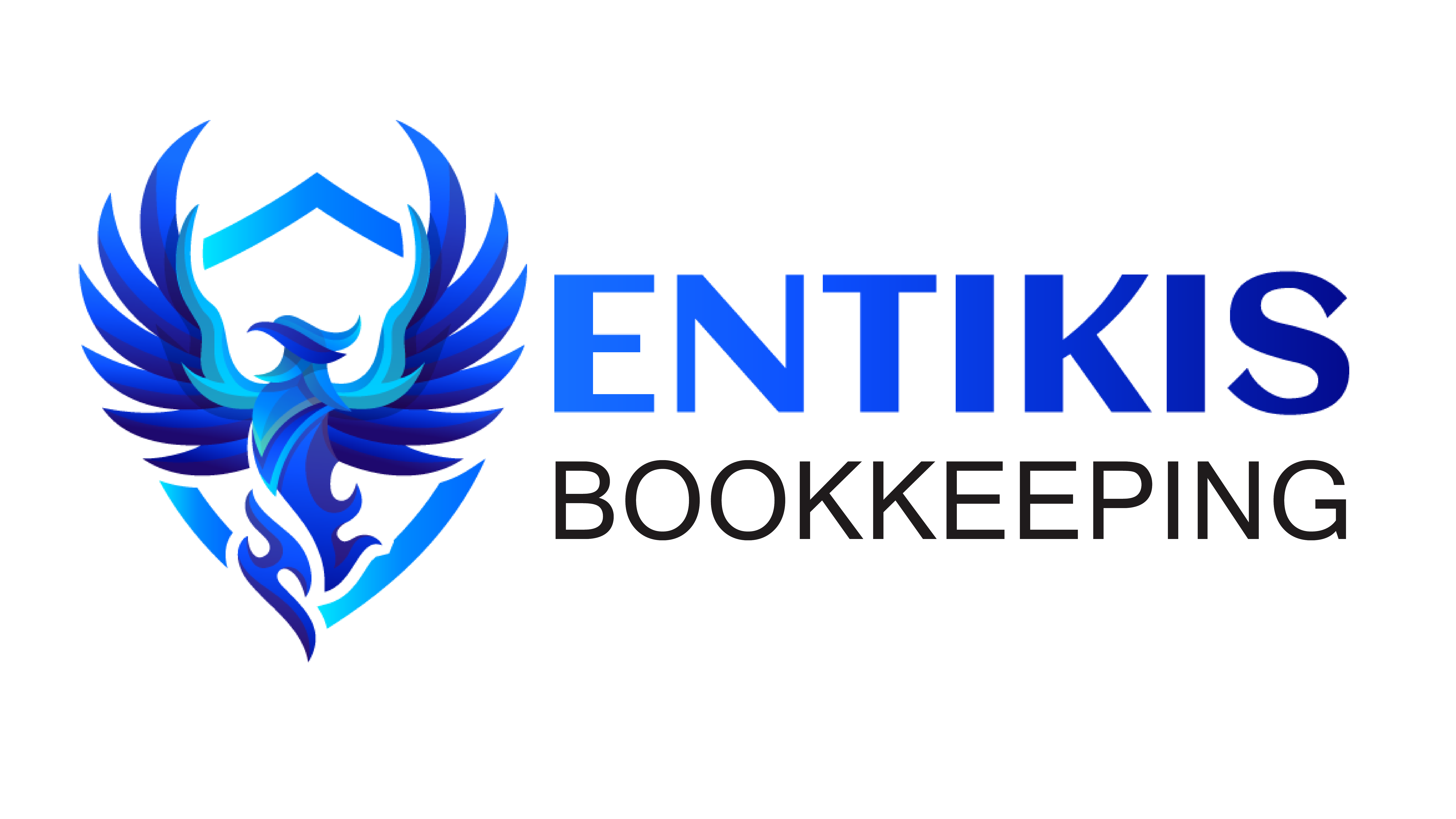Introduction to Sales Forecasting:
Sales forecasting is a critical aspect of any business’s strategy and planning process. It involves predicting future sales performance based on historical data, market trends, and various influencing factors. An accurate sales forecast provides valuable insights for decision-making, resource allocation, and goal setting. In this comprehensive guide, we’ll delve into the intricacies of sales forecasting, exploring its importance, methods, best practices, and tools.

Sales forecasting is not just a routine exercise but a strategic imperative for businesses aiming to thrive in competitive markets. Let’s delve deeper into its significance, methods, best practices, and tools.
Significance of Sales Forecasting:
Sales forecasting serves as a compass guiding businesses through the dynamic marketplace. It enables them to anticipate shifts in demand, adapt to changing consumer preferences, and capitalize on emerging opportunities. By projecting future sales performance, businesses can make informed decisions regarding production, inventory management, and resource allocation. Moreover, accurate sales forecasts instill confidence among stakeholders, investors, and employees, fostering a sense of stability and direction within the organization.
Methods of Sales Forecasting:
Historical Data Analysis: This method involves analyzing past sales data to identify patterns, trends, and seasonality. By examining historical sales figures, businesses can extrapolate future trends and anticipate demand fluctuations.
Market Research and Trend Analysis: Market research encompasses studying consumer behavior, competitor strategies, and macroeconomic indicators to forecast future sales demand. Trend analysis helps businesses stay ahead of market shifts and align their sales strategies accordingly.
Regression Analysis: Regression analysis enables businesses to identify relationships between variables such as marketing spend, pricing strategies, and sales performance. By building regression models, businesses can predict future sales based on historical data and relevant factors.
Qualitative Methods: Qualitative methods involve gathering insights from sales teams, industry experts, and customers through interviews, surveys, and focus groups. These qualitative inputs provide invaluable perspectives on market dynamics, customer preferences, and emerging trends.
Best Practices for Successful Sales Forecasting:
Collaborative Approach: Encourage collaboration between sales, marketing, finance, and operations teams to leverage diverse insights and expertise. Cross-functional collaboration fosters a holistic understanding of market dynamics and enhances forecast accuracy.
Regular Review and Update: Sales forecasts should be regularly reviewed and updated to reflect changing market conditions and internal performance metrics. Establish a structured process for reviewing forecasts and adjusting assumptions as needed to ensure relevance and accuracy.
Use Multiple Forecasting Methods: Combine multiple forecasting methods to develop robust and reliable forecasts. Each method has its strengths and limitations, so leveraging a mix of approaches enhances forecast accuracy and reliability.
Incorporate Seasonality and Trends: Consider seasonal variations, trends, and external factors when forecasting sales. Adjust forecast models to account for seasonality and emerging market trends to improve accuracy.
Tools for Sales Forecasting:
Invest in advanced analytics tools, forecasting software, and customer relationship management (CRM) systems to streamline the forecasting process. These tools offer predictive analytics, data visualization, and scenario planning capabilities, enabling businesses to make more informed decisions and optimize resource allocation.
Importance of Sales Forecasting:
Strategic Planning: Sales forecasts serve as the foundation for strategic planning by providing insights into future revenue streams and market demand. They enable businesses to set achievable goals, allocate resources efficiently, and develop effective marketing strategies.
Resource Allocation: Accurate sales forecasts help businesses allocate resources such as manpower, inventory, and capital optimally. By predicting future sales trends, organizations can avoid overstocking or underutilization of resources, thus improving operational efficiency and cost-effectiveness.
Performance Evaluation: Sales forecasts act as benchmarks for evaluating business performance and sales team effectiveness. By comparing actual sales figures with forecasted values, companies can identify areas of improvement, refine sales strategies, and enhance overall productivity.
Financial Planning: Sales forecasts play a crucial role in financial planning and budgeting processes. They provide insights into future revenue streams, cash flow projections, and profitability expectations, enabling businesses to make informed financial decisions and investments.
Methods of Sales Forecasting:
Historical Data Analysis: One of the most common methods of sales forecasting involves analyzing historical sales data to identify patterns, trends, and seasonal variations. This approach relies on past sales performance to predict future outcomes, making it suitable for established businesses with a stable sales history.
Market Research and Trend Analysis: Market research involves analyzing market trends, consumer behavior, competitor strategies, and economic indicators to forecast future sales demand. By understanding market dynamics and consumer preferences, businesses can anticipate changes in demand and adjust their sales strategies accordingly.
Regression Analysis: Regression analysis is a statistical technique used to identify relationships between variables and predict future outcomes. By analyzing historical sales data along with relevant variables such as marketing spend, pricing strategies, and macroeconomic factors, businesses can develop regression models to forecast future sales performance.
Qualitative Methods: Qualitative methods involve gathering insights from sales representatives, industry experts, customers, and stakeholders through interviews, surveys, and focus groups. These qualitative inputs provide valuable perspectives on market dynamics, customer preferences, and emerging trends, complementing quantitative forecasting methods.
Best Practices for Successful Sales Forecasting:
Collaborative Approach: Foster collaboration between sales, marketing, finance, and operations teams to gather diverse insights and perspectives for more accurate forecasts. Encourage open communication and information sharing to leverage collective expertise and experience.
Regular Review and Update: Sales forecasts should be regularly reviewed and updated based on changing market conditions, customer feedback, and internal performance metrics. Set up a structured process for reviewing forecasts periodically and adjusting assumptions as needed to ensure relevance and accuracy.
Use Multiple Forecasting Methods: Combine multiple forecasting methods, such as historical data analysis, market research, and regression analysis, to develop robust and reliable forecasts. Each method has its strengths and limitations, so leveraging a mix of approaches can enhance forecast accuracy and reliability.
Incorporate Seasonality and Trends: Consider seasonal variations, trends, and external factors such as holidays, economic cycles, and industry trends when forecasting sales. Adjust forecast models to account for seasonal fluctuations and emerging market trends to improve accuracy and predictive power.
Invest in Technology and Tools: Utilize advanced analytics tools, forecasting software, and CRM systems to streamline the forecasting process and enhance accuracy. Leverage technology solutions that offer predictive analytics, data visualization, and scenario planning capabilities to improve decision-making and planning.
Conclusion:
Sales forecasting is a dynamic process that requires a combination of data analysis, market insights, and strategic planning. By adopting best practices, leveraging multiple forecasting methods, and investing in technology and tools, businesses can develop more accurate and reliable sales forecasts to drive informed decision-making, optimize resource allocation, and achieve sustainable growth. Continuous refinement and adaptation are key to maintaining forecast accuracy in today’s rapidly changing business environment.
If You Are Looking For Professional Bookkeeping Services, Please Contact Us At Admin@Entikis.Com And 817-415-1715 To Learn More About How Entikis Bookkeeping Can Support Your Journey To Success! Located At 640 Taylor St Suite , Fort Worth, TX, United States, Texas. We Offer Professional Bookkeeping Services For Businesses In The Burleson, Fort Worth And The Surrounding Tarrant County Metroplex.




